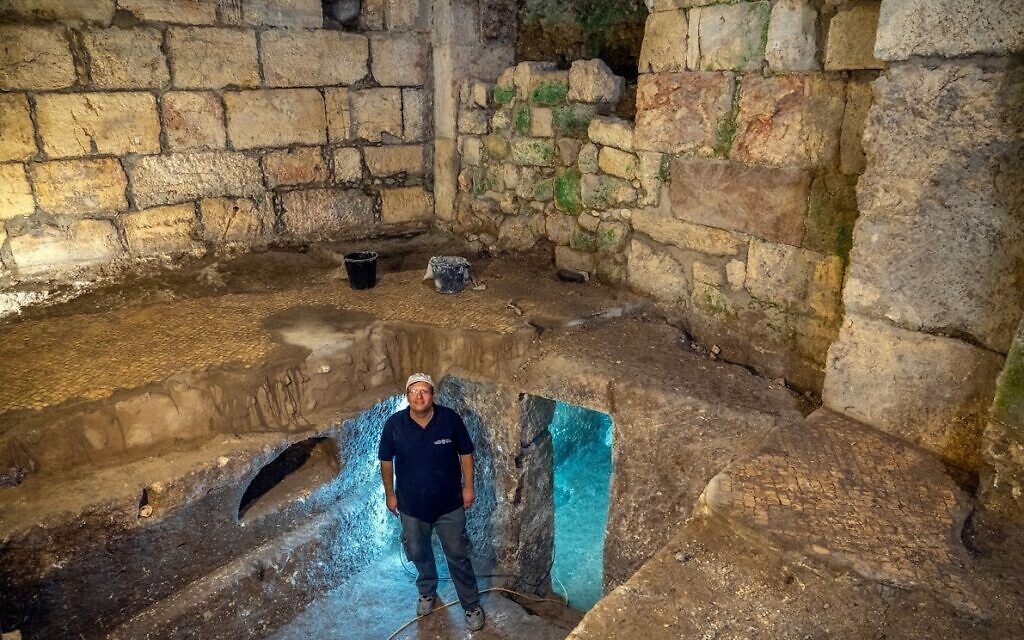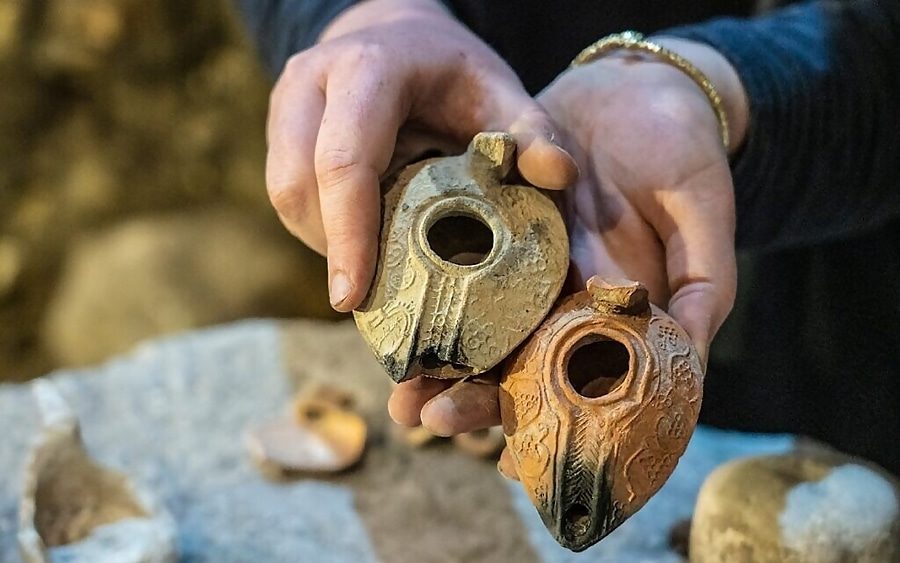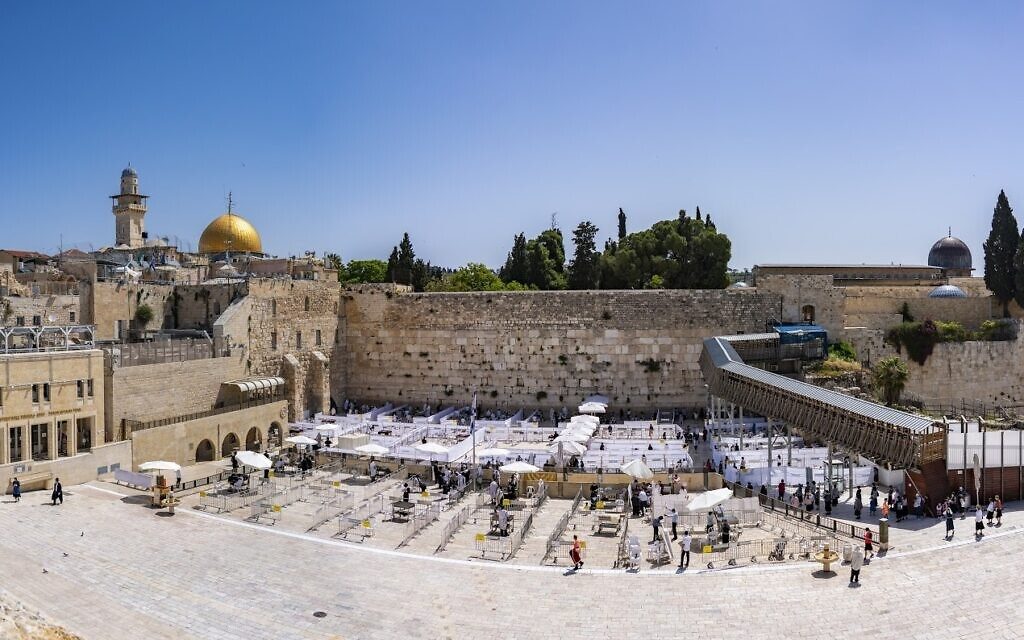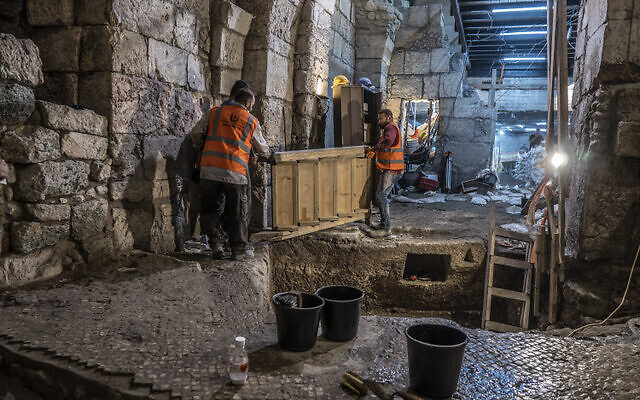"This is a unique finding. This is the first time a subterranean system has been uncovered adjacent to the Western Wall," said Israel Antiquity Authority co-directors Dr. Barak Monnickendam-Givon and Tehila Sadiel in a press release Tuesday.
"You must understand that 2,000 years ago in Jerusalem, like today, it was customary to build out of stone [blocks]. The question is, why were such efforts and resources invested in hewing rooms underground in the hard bedrock?" said the archaeologists.

The rooms, uncovered by students of a pre-military preparatory program in Jerusalem working in cooperation with the IAA, are located under the "Beit Strauss" complex, a historical ancient building purchased by philanthropist Nathan Strauss, which was once a soup kitchen and today houses beautiful public toilets and serves as an entrance lobby to the Western Wall Tunnels.
The underground excavations there were renewed a year ago under the recently renovated and enlarged Beit Strauss building to connect the building to a new segment of the Western Wall Heritage Foundation's Western Wall Tunnels tour, according to an IAA press release.
While the complex's purpose is "still a mystery," said Monnickendam-Givon, during the Second Temple era (and today), the placement of the subterranean system was considered a "prime location." He does not rule out the idea that it may have been part of a much larger public structure that has since been obliterated.
Hewn out of bedrock using hand tools, including iron hammers, the three rooms are rather spacious at circa 2.5 meters x 4 meters, 2.5 meters x 2.5 meters, and a third room that is still being excavated but appears to be circa 2.5 meters x 2.5 meters, said Monnickendam-Givon. The rooms occupy different floors and were connected by stairs, he said.
Asked how long it would have taken to create this large hand-hewn system, Monnickendam-Givon laughed and said he honestly had no idea, but that it was a "very impressive investment" of both time and resources.
Monnickendam-Givon emphasized that while there are numerous contemporary ritual baths and graves that were also hewn out of rock during this era, this is the first example of what appears to be a living space. Inside the rooms, what looks to be niches for shelves and storage, as well as doorjambs and lantern niches, were chiseled into the bedrock.

While at first glance the niches hewn into the rock appear similar to those found in contemporary graves, Monnickendam-Givon said that it is unlikely that this was their use, as this area was already part of ancient Jerusalem during this era and custom would forbid burial within city limits.
As the archaeologists continue to ponder the complex's use, they are also continuing excavations. "It is very much a work in progress," said Monnickendam-Givon.





Excavators ask: "What have you been waiting for?
"My change."
RC